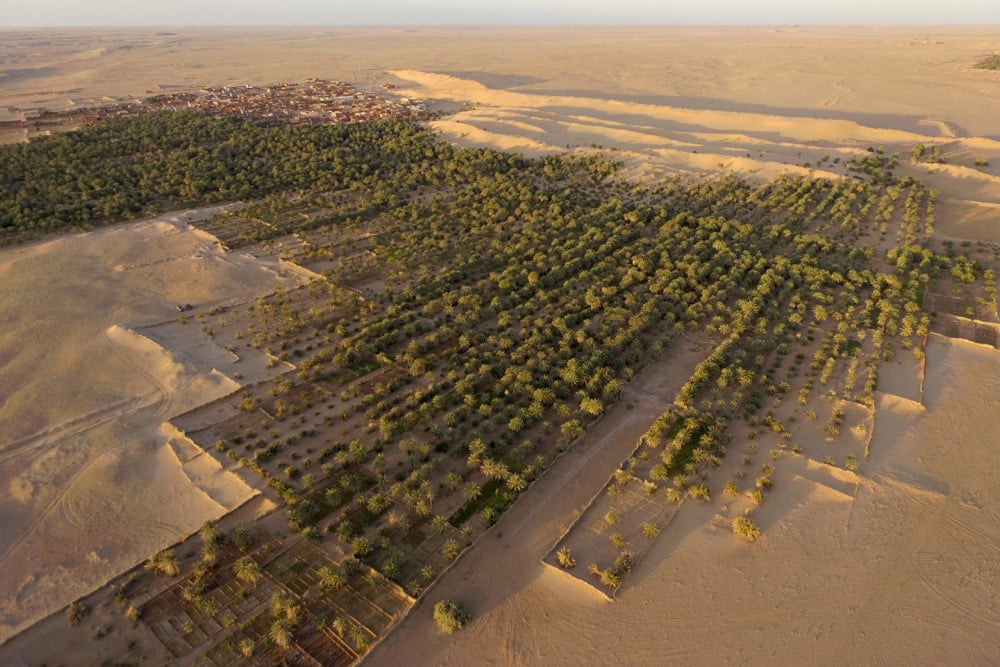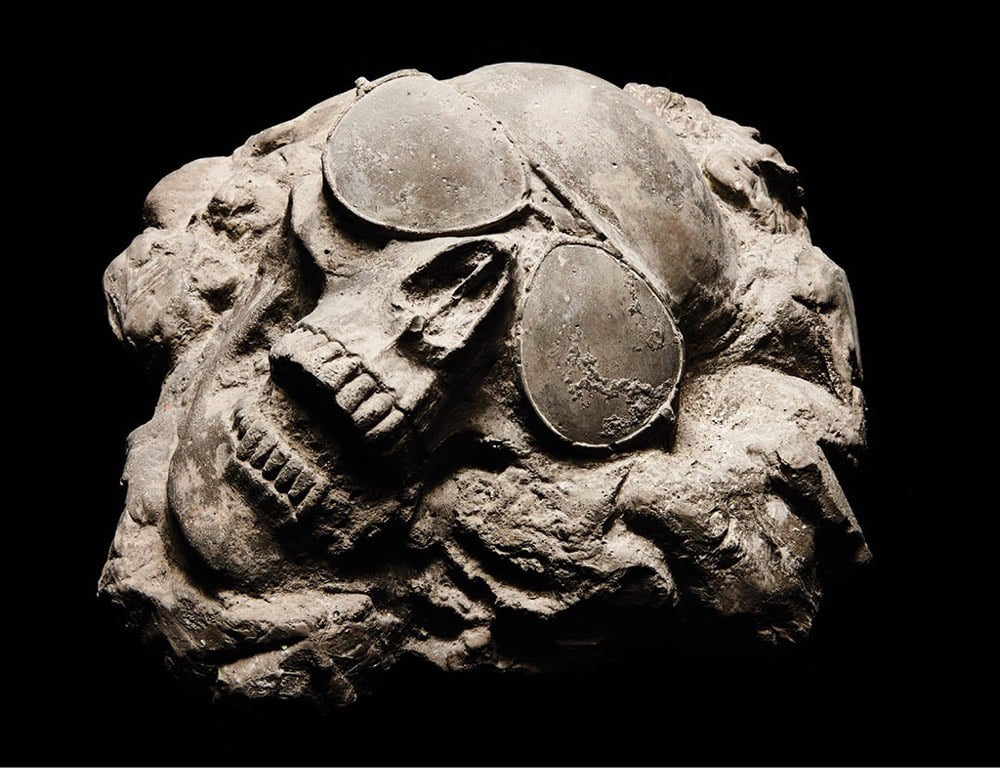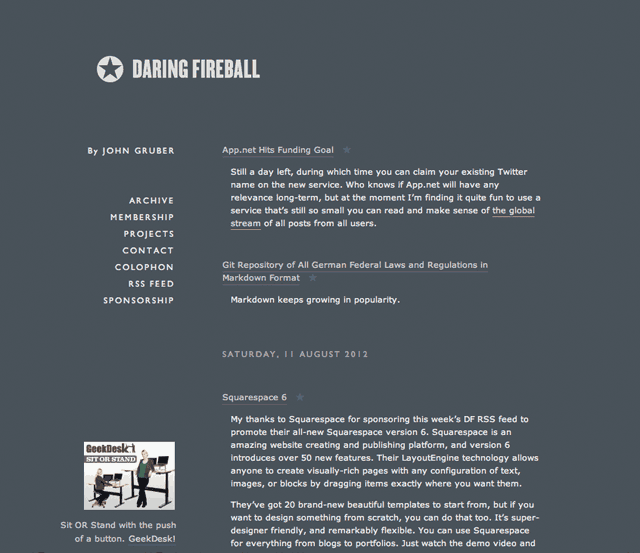
The New York Times Magazine has devoted its entire issue this weekend to a single article by Nathanial Rich: Losing Earth: The Decade We Almost Stopped Climate Change.
The world has warmed more than one degree Celsius since the Industrial Revolution. The Paris climate agreement — the nonbinding, unenforceable and already unheeded treaty signed on Earth Day in 2016 — hoped to restrict warming to two degrees. The odds of succeeding, according to a recent study based on current emissions trends, are one in 20. If by miracle we are able to limit warming to two degrees, we will only have to negotiate the extinction of the world’s tropical reefs, sea-level rise of several meters and the abandonment of the Persian Gulf. The climate scientist James Hansen has called two-degree warming “a prescription for long-term disaster.” Long-term disaster is now the best-case scenario. Three-degree warming is a prescription for short-term disaster: forests in the Arctic and the loss of most coastal cities. Robert Watson, a former director of the United Nations Intergovernmental Panel on Climate Change, has argued that three-degree warming is the realistic minimum. Four degrees: Europe in permanent drought; vast areas of China, India and Bangladesh claimed by desert; Polynesia swallowed by the sea; the Colorado River thinned to a trickle; the American Southwest largely uninhabitable. The prospect of a five-degree warming has prompted some of the world’s leading climate scientists to warn of the end of human civilization.
Is it a comfort or a curse, the knowledge that we could have avoided all this?
Because in the decade that ran from 1979 to 1989, we had an excellent opportunity to solve the climate crisis. The world’s major powers came within several signatures of endorsing a binding, global framework to reduce carbon emissions — far closer than we’ve come since. During those years, the conditions for success could not have been more favorable. The obstacles we blame for our current inaction had yet to emerge. Almost nothing stood in our way — nothing except ourselves.
Photo by George Steinmetz, who did the photography for the Times piece.
Update: For a critical reading of Rich’s piece, check out this Twitter thread by Alex Steffen.
I notice that reactions to “Losing Earth” seem divided along a pretty straight-forward line: Those who work in climate science, journalism or advocacy-and those who don’t.
Folks who don’t work on climate for a living seem more positive about the piece than those who do.
There’s a reason for that: It’s a long essay that gets its subject wrong, and the ways it goes wrong are ways many of us who work on climate have seen again and again. It’s work that doesn’t know its history, and so makes old mistakes.
Weirdly central in Nathaniel Rich’s story is the claim that there existed a time before politics, when climate change was not hampered by opposition: “The obstacles we blame for our current inaction had yet to emerge. Almost nothing stood in our way…”
This is simply untrue.
He doubles down on the idea by explicitly exonerating high-CO2 industries + the GOP
“A common boogeyman today is the fossil-fuel industry, which in recent decades has committed to playing the role of villain with comic-book bravado. …Nor can the Republican Party be blamed.”
Robinson Meyer makes a similar point at The Atlantic.
The thrust of this history seems to suggest that powerful figures in the Republican Party were already skeptical of human-caused climate change by 1980. These leaders had not yet converted most Republican rank-and-file voters to their view, and indeed there may have been a few supporters of climate action in the party. But by and large, the most influential administration officials muddied climate science and weakened climate policy.
If Rich seems a little too charitable to the G.O.P, he lets fossil-fuel interests off the hook entirely. It’s likely that oil executives knew humans were triggering climate change before Rich’s story even picks up.
In a review of William T. Vollman’s Carbon Ideologies, a two-volume set of books that the review calls “the Infinite Jest of climate books”, Wen Stephenson succinctly answers a question about our climate that is on many people’s minds: Are we completely fucked because of climate change?
Yes, of course, we’re fucked. (Though it’s important to specify the “we” in this formulation, because the global poor, the disenfranchised, the young, and the yet-to-be-born are certifiably far more fucked than such affluent, white, middle-aged Americans as Vollmann and myself.) But here’s the thing: with climate change as with so much else, all fuckedness is relative. Climate catastrophe is not a binary win or lose, solution or no-solution, fucked or not-fucked situation. Just how fucked we/they will be — that is, what kind of civilization, or any sort of social justice, will be possible in the coming centuries or decades — depends on many things, including all sorts of historic, built-in systemic injustices we know all too well, and any number of contingencies we can’t foresee. But most of all it depends on what we do right now, in our lifetimes. And by that I mean: what we do politically, not only on climate but across the board, because large-scale political action — the kind that moves whole countries and economies in ways commensurate with the scale and urgency of the situation — has always been the only thing that matters here. (I really don’t care about your personal carbon footprint. I mean, please do try to lower it, because that’s a good thing to do, but fussing and guilt-tripping over one’s individual contribution to climate change is neither an intellectually nor a morally serious response to a global systemic crisis. That this still needs to be said in 2018 is, to say the least, somewhat disappointing.)
I got this via Robinson Meyer, who calls it “as good an answer as I’ve seen”.

After talking with dozens of climatologists and related researchers, David Wallace-Wells writes about what will happen to the Earth and human civilization without taking “aggressive action” on slowing climate change. It is a sobering piece.
Since 1980, the planet has experienced a 50-fold increase in the number of places experiencing dangerous or extreme heat; a bigger increase is to come. The five warmest summers in Europe since 1500 have all occurred since 2002, and soon, the IPCC warns, simply being outdoors that time of year will be unhealthy for much of the globe. Even if we meet the Paris goals of two degrees warming, cities like Karachi and Kolkata will become close to uninhabitable, annually encountering deadly heat waves like those that crippled them in 2015. At four degrees, the deadly European heat wave of 2003, which killed as many as 2,000 people a day, will be a normal summer. At six, according to an assessment focused only on effects within the U.S. from the National Oceanic and Atmospheric Administration, summer labor of any kind would become impossible in the lower Mississippi Valley, and everybody in the country east of the Rockies would be under more heat stress than anyone, anywhere, in the world today. As Joseph Romm has put it in his authoritative primer Climate Change: What Everyone Needs to Know, heat stress in New York City would exceed that of present-day Bahrain, one of the planet’s hottest spots, and the temperature in Bahrain “would induce hyperthermia in even sleeping humans.” The high-end IPCC estimate, remember, is two degrees warmer still.
Carbon is not only warming the atmosphere, it’s also polluting it.
Our lungs need oxygen, but that is only a fraction of what we breathe. The fraction of carbon dioxide is growing: It just crossed 400 parts per million, and high-end estimates extrapolating from current trends suggest it will hit 1,000 ppm by 2100. At that concentration, compared to the air we breathe now, human cognitive ability declines by 21 percent.
Our climate is supposed to move slowly, in concert with many other slow moving things like ecosystems, evolution, global economies, politics, and civilizations. When the pace of climate change quickens? A lot of those slow moving things are going to break. Heat, drought, famine, coastal flooding, pollution, disease, war, forced migration, economic collapse…humanity will survive, but the worst case scenario is not pretty. And of course, the most vulnerable among us — the poor, young children, the elderly, pregnant women, the disabled, and the otherwise disadvantaged — will undergo the most suffering.
Update: And once again, addressing climate change isn’t about saving the planet, it’s about preserving humanity and preventing human suffering. As Seth Michaels tweeted: “‘the planet’ will be fine. the patterns and structures that determine where we live, what we eat, how we get along? *that’s* what’s at stake”. (via @lauraolin)
Update: A piece like this was going to be controversial and some of the responses are worth reading.
Climate scientist Michael Mann:
I have to say that I am not a fan of this sort of doomist framing. It is important to be up front about the risks of unmitigated climate change, and I frequently criticize those who understate the risks. But there is also a danger in overstating the science in a way that presents the problem as unsolvable, and feeds a sense of doom, inevitability and hopelessness.
The article argues that climate change will render the Earth uninhabitable by the end of this century. Extraordinary claims require extraordinary evidence. The article fails to produce it.
Eric Holthaus: Stop scaring people about climate change. It doesn’t work.
The real problem is that time and time and time again, psychology researchers have found that trying to scare people into action usually backfires. Presented with the idea that the planet that gives us life might be dying, parts of our brain shut down. We are unable to think logically.
Our brain’s limbic system is hard-wired to prioritize these kinds of threats, so we shift into fight-or-flight mode. And because the odds look stacked against us, most choose to flee. If anything, strategies like this make the problem worse. They take people willing to read something like “The Uninhabitable Earth” and essentially remove them from the pool of people working on real-world solutions.
Robinson Meyer: Are We as Doomed as That New York Magazine Article Says?
Many climate scientists and professional science communicators say no. Wallace-Wells’s article, they say, often flies beyond the realm of what researchers think is likely. I have to agree with them.
At key points in his piece, Wallace-Wells posits facts that mainstream climate science cannot support. In the introduction, he suggests that the world’s permafrost will belch all of its methane into the atmosphere as it melts, accelerating the planet’s warming in the decades to come. We don’t know everything about methane yet, but the picture does not seem this bleak. Melting permafrost will emit methane, and methane is an ultra-potent greenhouse gas, but scientists do not think so much it will escape in the coming century.
Andrew Freedman: Do not accept New York Mag’s climate change doomsday scenario.
In several places, the story either exaggerates the evidence or gets the science flat-out wrong. This is unfortunate, because it detracts from a well-written, attention-grabbing piece. It’s still worth reading, but with a sharp critical eye.
In recent years, scientific evidence has solidified around central findings, showing that sea level rise is likely to be far more severe during the rest of this century than initially anticipated, and that key temperature thresholds may be crossed that make life difficult for some kinds of plants and animals to survive in certain places.
Hi, everybody! Tim Carmody here, guest-hosting for Jason this week.
Robinson Meyer drank a cup of coffee shipped hot overnight from a roaster in Minneapolis to The Atlantic’s office in DC as part of a Thermos promotion. He traces the beans, cultivated in Kenya and grown in El Salvador, all the way to his mug:
[T]here’s something that enables all of this, from my supping of the coffee to your reading this now: the global supply chain. The ability to fling ingredients and products from coast-to-coast and continent-to-continent makes not only Thermos’s contest but Spyhouse’s very business possible. It’s the supply chain that moves coffee beans from El Salvador to Minneapolis, where they can be roasted and sipped in days. It’s the supply chain—in the form of FedEx, which, remember, has the world’s fourth largest collection of aircraft—that performs the final stunt of getting coffee around the lower 48 in half a day.
Behind every ingredients list stand the movers and shippers of our world: each, like FedEx, possessing a private army of execution. I accepted Thermos’s coffee contest because it seemed a spectacle of logistics. But every single day of our lives is already that.
Meyer’s essay is part of what seems like a still-developing genre—Paul Ford’s essay on “the American room” is another example—of stories that excavate the hidden infrastructure that make everyday experiences possible. These systems are utterly prosaic exactly because they’re the product of huge amounts of manpower and material working according to painstakingly developed protocols. The author’s motivation for exposing them seems to be to both demystify and reenchant the world, and the attitude expressed is a mixture of admiration, awe, and dread.
Neal Stephenson’s classic Wired essay “Mother Earth, Mother Board” might be the model for the genre, like Tolkien is for epic fantasy. Let’s call it the “systemic sublime.”
Daring Fireball turns 10 years old today and Robinson Meyer has an appreciation at The Atlantic.
Gruber’s best when he’s writing about perfection, excellence and what it takes to achieve either. He can describe eight iPhone Twitter clients, or the software limitations of the iPad, and evince a common sense of aesthetic. His voice can be muscular and rigorous. The man’s clearly animated by a hatred of everything he knows to be BS.
I share Meyer’s assertion that Apple’s “engorge[ment] as a company” has slightly flattened the site’s tires, but Daring Fireball remains my favorite blog, a spot it has held for several years now.
Now here’s a look at how DF’s design has changed over the years, presented in animated GIF form:

Update: I love this analysis of DF’s content over the years, especially the visualization of the shift in interest from desktop to mobile.








Stay Connected